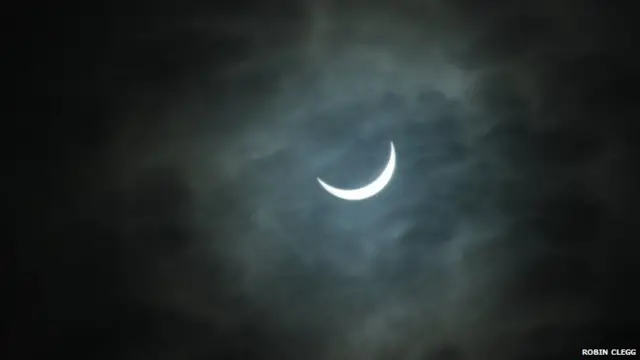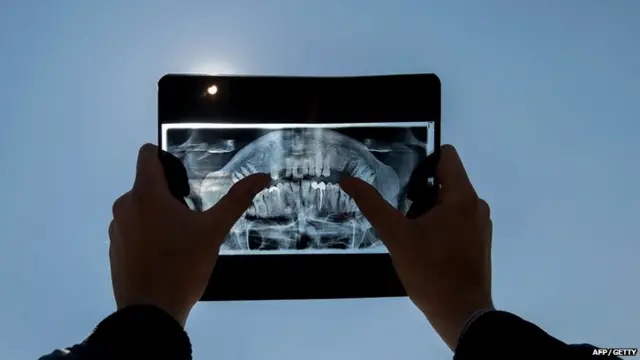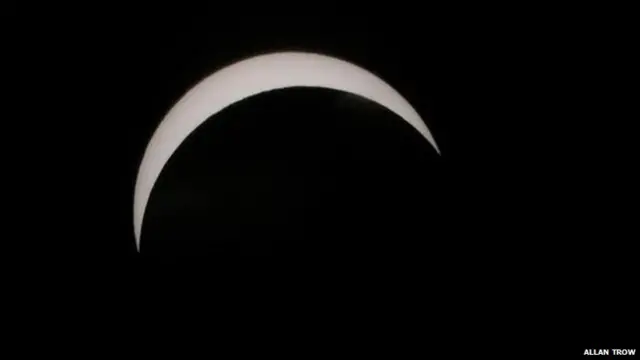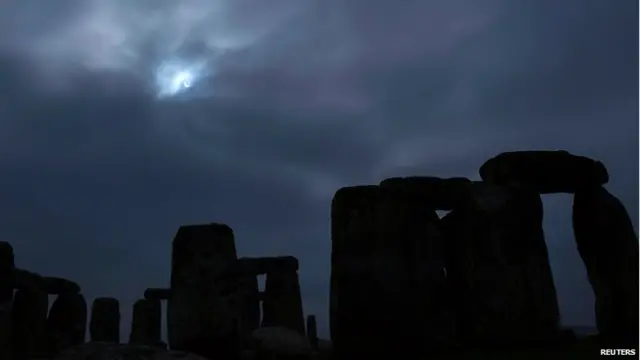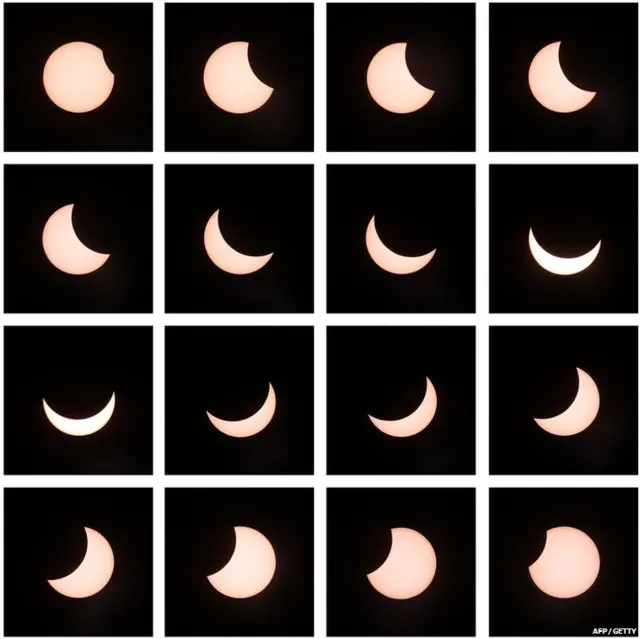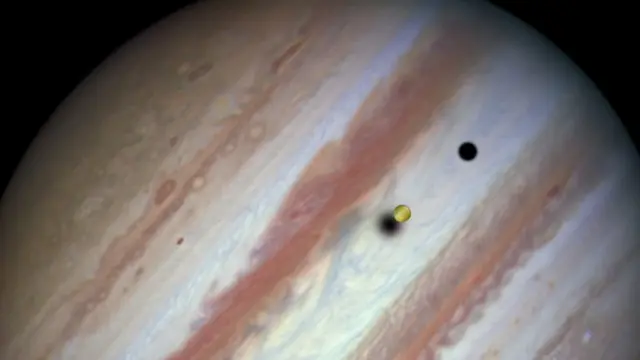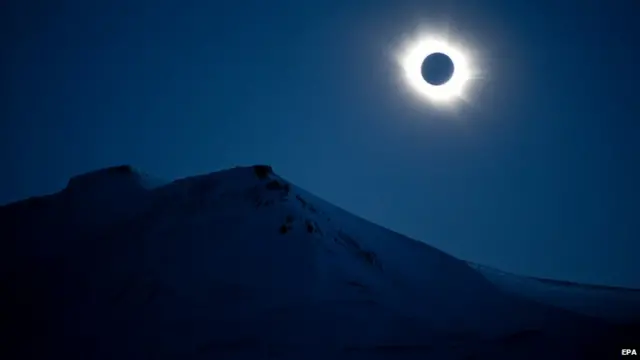Next total eclipsepublished at 11:30 GMT 20 March 2015
On 21 August 2017, a total eclipse of the Sun will begin in the northern Pacific and cross the US from west to east.
Nasa has created a map showing the predicted path of the 2017 total eclipse through the US. Time to get excited.
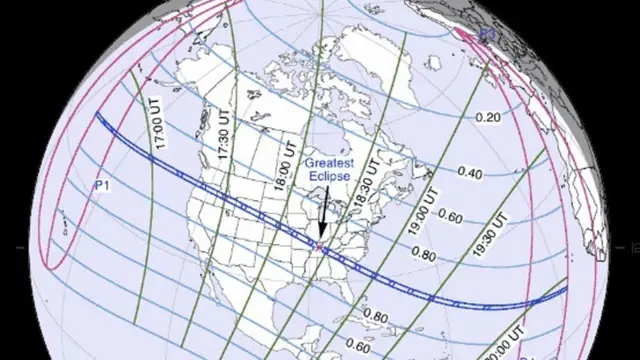 Image source, NASA
Image source, NASAA partial eclipse will also be visible over most of North America.
